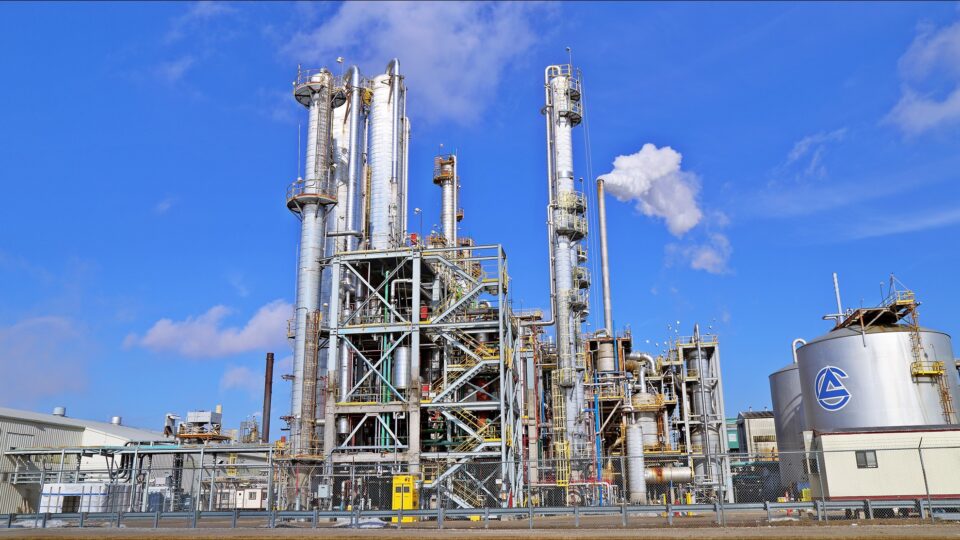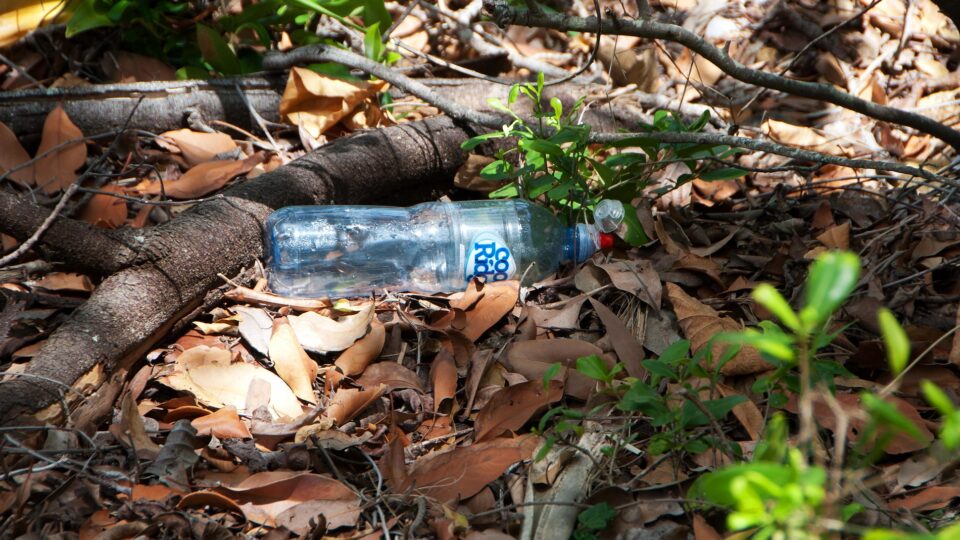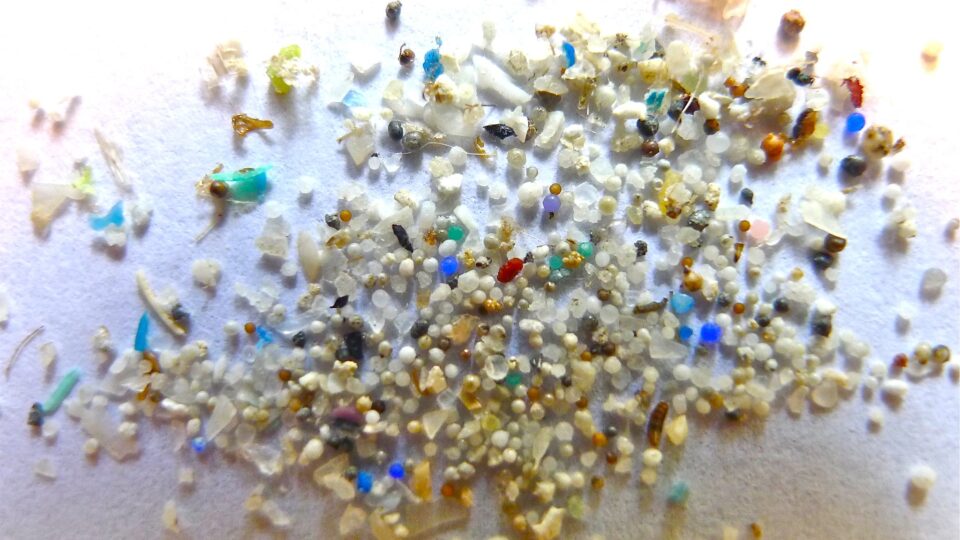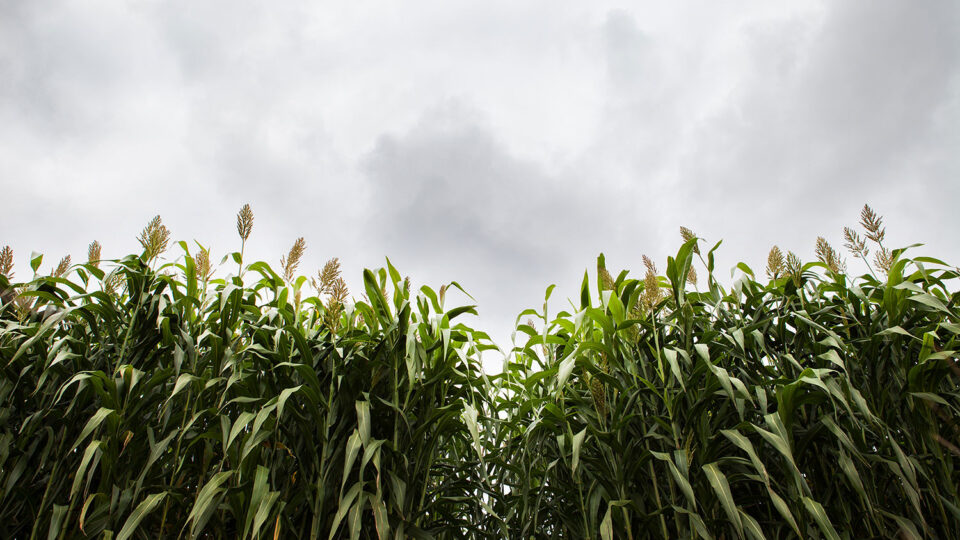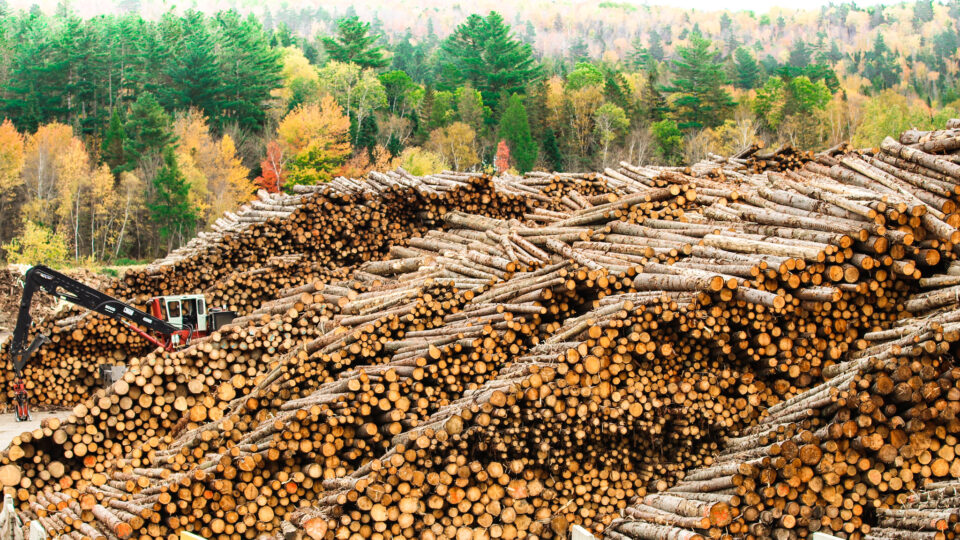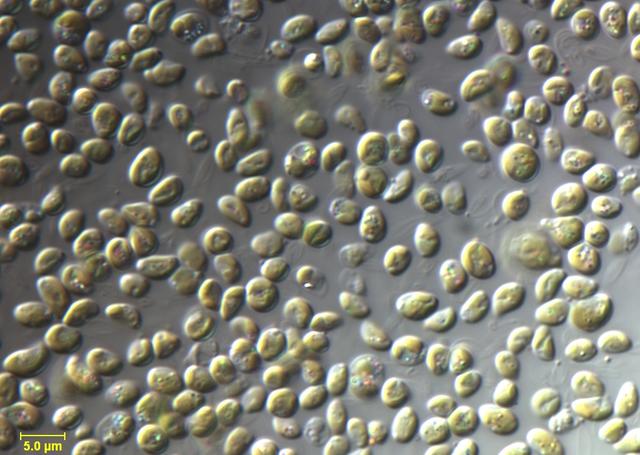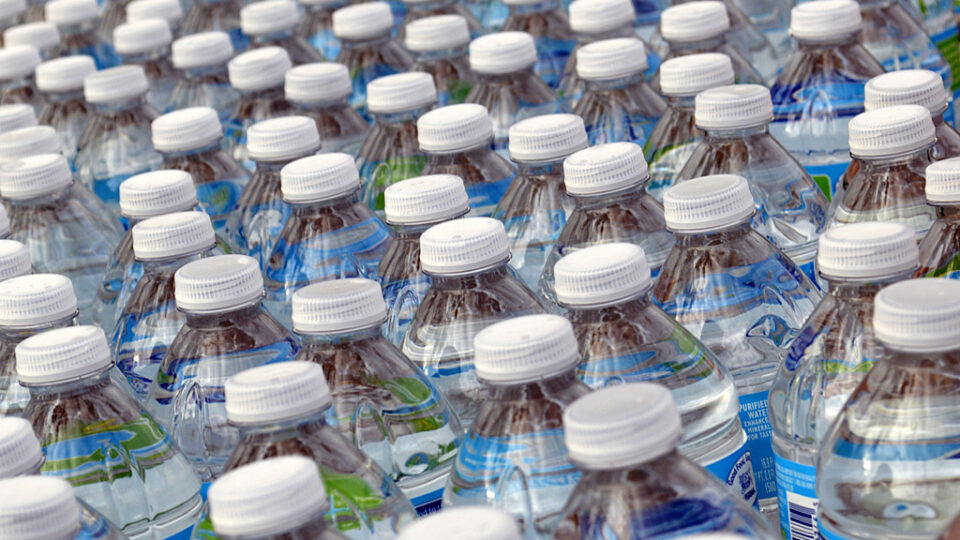There have been decades of government support for renewable, crop-based fuels – primarily corn ethanol. In fact, it is a required component of gasoline sold in this country. The biofuels industry has long claimed ethanol to be a clean, greener alternative to petroleum.
There have been arguments all along that the environmental benefits of corn ethanol are dubious at best because of the energy required to produce the stuff. There are also issues related to burning a food crop instead of feeding it to people and that the conversion of grasslands and forests to produce it releases massive amounts of carbon.
Recently, another serious concern has emerged. A new review of industry data has found that the country’s biofuel refineries, mostly located in the Midwest, produce large amounts of toxic air pollutants, in some cases ever more than from their petroleum counterparts.
Emissions data from the country’s 275 ethanol, biodiesel, and renewable diesel plants revealed that they release carcinogenic formaldehyde as well as other potentially dangerous substances including acetaldehyde, hexane, and acrolein. In 2022, biofuel refineries released 12.9 million pounds of hazardous air pollutants, compared to 14.9 million pounds emitted by oil refineries, and the biofuel plants actually emitted more of the four chemicals just mentioned than petroleum refineries did.
The broad use of crop ethanol is the result of intensive industry lobbying. Ethanol plants are even exempt from some air pollution permitting requirements. Perhaps the time has come to revisit its pervasive and mandated use.
**********
Web Links
Biofuel Refineries Are Releasing Toxic Air Pollutants in Farm Communities Across the US
Photo, posted February 27, 2021, courtesy of Sue Thompson via Flickr.
Earth Wise is a production of WAMC Northeast Public Radio
